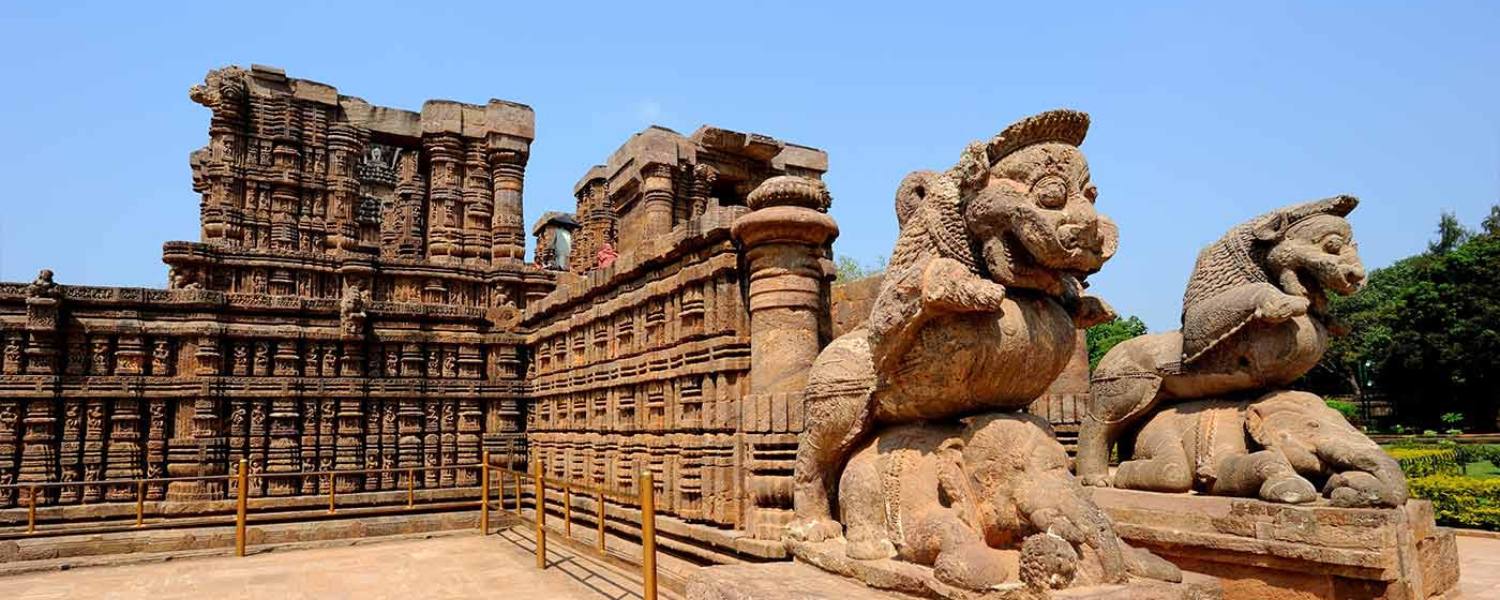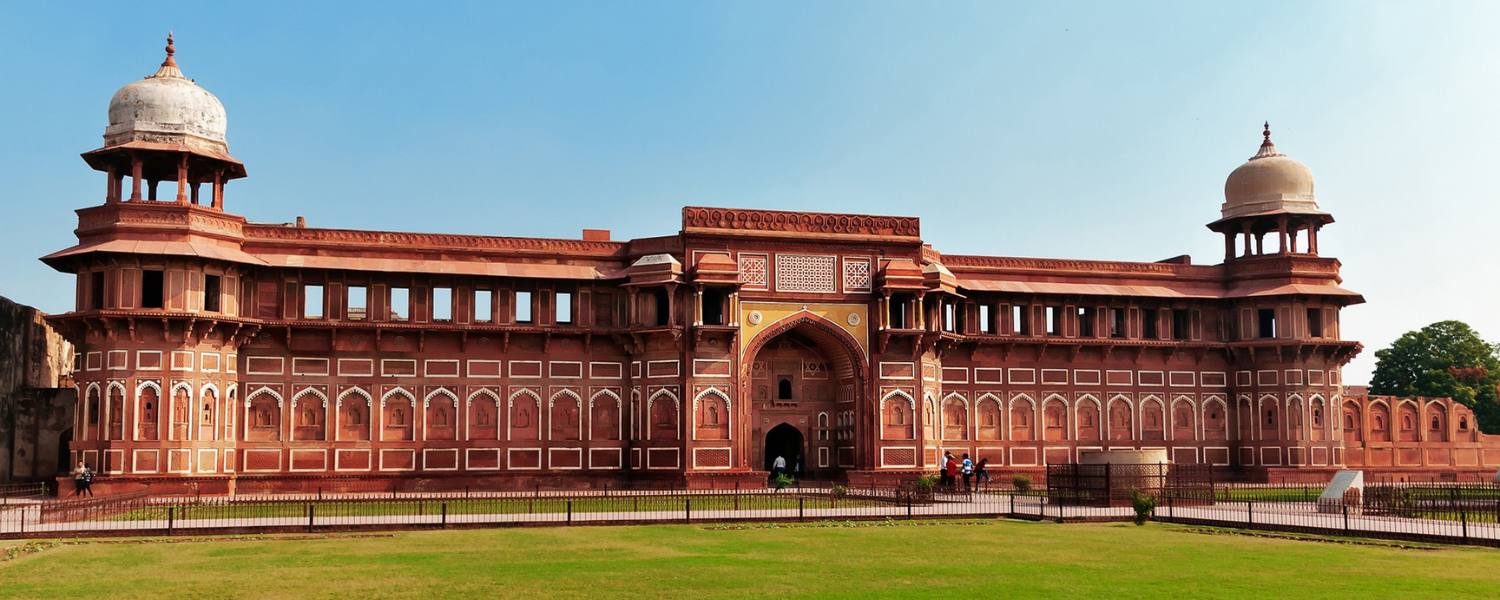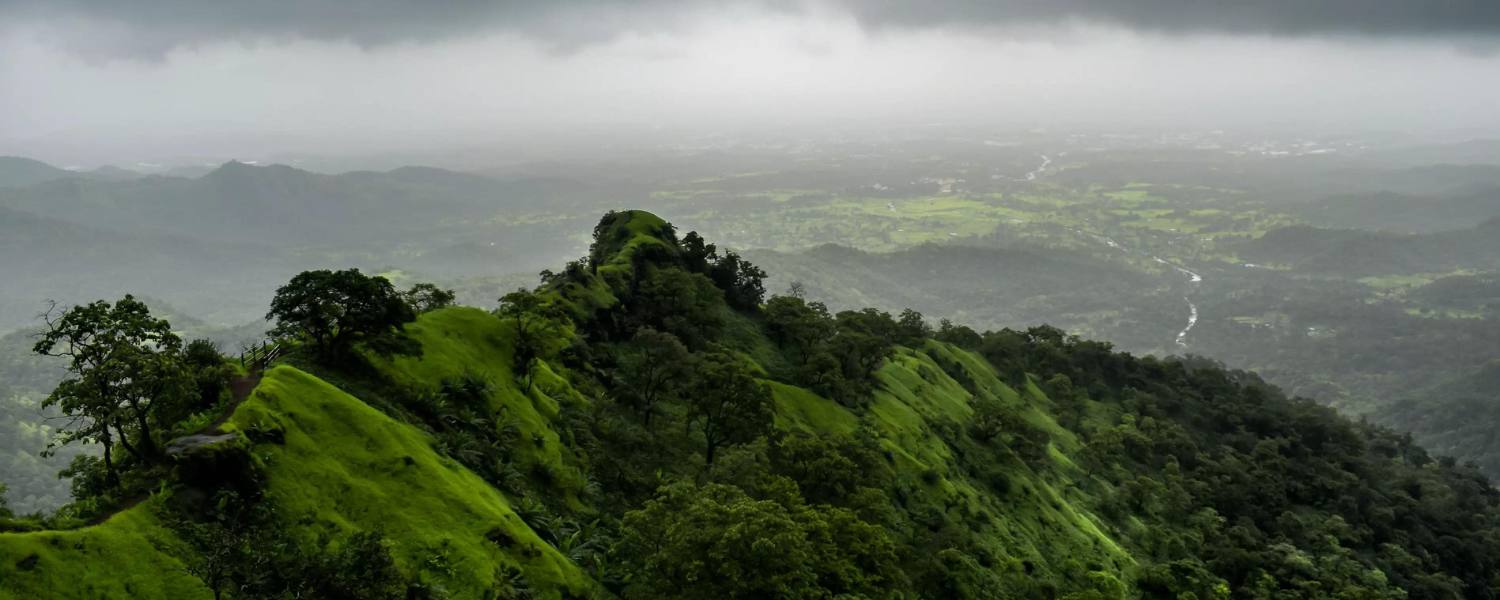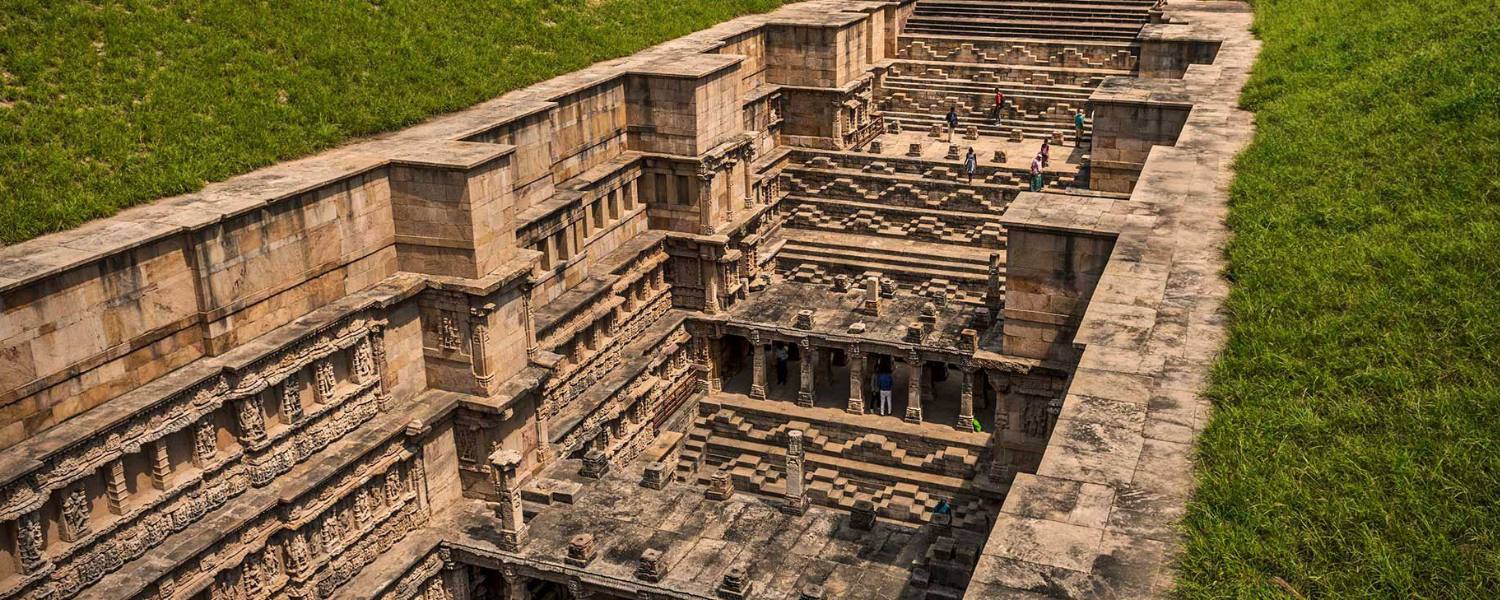In India, a collection of sites, acknowledged as world heritage sites in India, is globally recognized among this vast subcontinent.
India, a land steeped in history and cultural diversity, boasts a plethora of architectural marvels and natural wonders that have earned the coveted status of World Heritage Sites.
In this comprehensive exploration, we embark on a journey through the length and breadth of the country to uncover and appreciate these treasured landmarks that contribute to India’s rich heritage and global significance.
India is a testament to the confluence of history, culture, and natural beauty in the cradle of ancient civilizations and the embrace of diverse landscapes.
These treasures, bestowed with UNESCO World Heritage status, narrate tales of India’s storied past and embody the nation’s commitment to preserving its cultural, historical, and natural legacy.
In this blog, we will have a look at an odyssey through India’s treasures, uncovering the stories behind these distinguished world heritage sites in India.
Each site offers a unique perspective on India’s rich and diverse cultural tapestry, from architectural marvels and historical landmarks to natural wonders.
Join us as we traverse the length and breadth of this enchanting land, delving into the essence of these treasures that define India’s enduring legacy on the global stage.
1. Taj Mahal: The Epitome of Eternal Love

Our odyssey begins with the iconic Taj Mahal, a testament to eternal love and an unparalleled architectural masterpiece.
This ivory-white marvel, nestled on the banks of the Yamuna River in Agra, stands as one of India’s most recognized world heritage sites.
The Taj Mahal’s ethereal beauty, intricate marble inlay work, and symmetrical gardens symbolize timeless romance and architectural perfection.
2. Qutub Minar: An Ancient Tower of Triumph

Venturing into Delhi, we encounter the Qutub Minar, a towering minaret that echoes the triumphs of ancient dynasties. This UNESCO-listed site, part of the Qutb Complex, is a prime example of Indo-Islamic architecture.
As we stand in the shadow of this ancient tower, we marvel at its resilience through the centuries, marking it as an essential among the world heritage sites in India.
3. Red Fort: The Living Legacy of Mughal Splendor

Our journey takes us to the heart of Old Delhi, where the Red Fort unfolds its majestic grandeur. The red sandstone walls, intricate marble embellishments, and sprawling courtyards narrate tales of imperial luxury and political significance.
As we traverse the halls and pavilions, the Red Fort emerges as a historical relic and a living legacy that echoes the Mughal splendour of a bygone era.
4. Fatehpur Sikri: A City Frozen in Time

Continuing our exploration in the state of Uttar Pradesh, we encounter Fatehpur Sikri, a city frozen in time and recognized among India’s distinguished world heritage sites.
Commissioned by Emperor Akbar in the 16th century, Fatehpur Sikri is a stunning amalgamation of Mughal, Persian, and Indian architectural styles.
The intricate carvings, majestic Buland Darwaza, and serene Jama Masjid create an atmospheric tapestry that transports visitors to the era of Akbar’s imperial vision.
5. Khajuraho Group of Monuments: A Celebration of Human Passion

In the heart of Madhya Pradesh, the Khajuraho Group of Monuments emerges as a celebration of human passion and artistic excellence. This cluster of temples, recognized as world heritage sites in India, boasts intricately carved sculptures that show various parts of life, love, and spirituality.
The temples, constructed between 950 and 1050 AD by the Chandela dynasty, showcase a remarkable blend of Nagara and Dravidian architectural styles. Khajuraho’s artistic brilliance and historical significance position it as a captivating destination for those seeking a deeper understanding of India’s cultural and artistic heritage.
6. Ajanta and Ellora Caves: Rock-Cut Marvels of Maharashtra

Heading west to Maharashtra, we encounter the rock-cut marvels of Ajanta and Ellora Caves, a dual complex that is a testament to ancient craftsmanship and religious devotion. These caves, designated as world heritage sites in India, date back to the 2nd century BCE and represent a diverse range of Buddhist, Hindu, and Jain artistry.
The intricate sculptures and paintings within the caves depict tales of mythology, showcasing the cultural synthesis that occurred in the region over centuries. As we explore the darkened interiors illuminated by ancient tales, Ajanta and Ellora become an awe-inspiring tribute to India’s artistic and spiritual legacy.
7. Konark Sun Temple: A Marvel of Odishan Architecture

Our journey leads us to the eastern coast of India, where the Konark Sun Temple in Odisha shines as a marvel of Odishan architecture and a recognized worldwide heritage site in India. Constructed in the 13th century, this colossal chariot-shaped temple for the god Surya is adorned with intricate carvings and sculptures.
The temple complex, designed as a gigantic celestial chariot with 24 wheels, is a harmonious blend of religious symbolism and architectural ingenuity. Konark Sun Temple is a radiant symbol of India’s cultural and spiritual wealth.
8. Agra Fort: The Seat of Mughal Power

Returning to Agra, we explore the Agra Fort, another gem in the crown of world heritage sites in India. This historic fort served as the main home of the kings of the Mughal Dynasty until 1638. The red sandstone walls, impressive gates, and opulent palaces within the fort complex showcase the architectural prowess of the Mughals.
As we wander through the Diwan-i-Am, Diwan-i-Khas, and the Jahangiri Mahal, we witness the cultural and historical significance embedded in every nook and cranny of this grand fort.
9. Rani Ki Vav: An Underground Stepwell

Venturing into the western state of Gujarat, Rani Ki Vav, an underground stepwell, captivates us with its architectural sophistication. Recognized among the world heritage sites in India, this place was built in the 11th century by Queen Udayamati to commemorate her deceased husband, King Bhimdev I.
The stepwell’s intricate carvings, sculptures, and pillared corridors create a mesmerizing subterranean labyrinth. Rani Ki Vav is a striking example of India’s innovative water conservation and architectural aesthetics approach.
10. Sundarbans National Park: The Mangrove Wilderness

Our exploration takes a natural turn as we delve into the Sundarbans National Park in West Bengal, a unique ecosystem recognized among the world heritage sites in India. The interconnected network of rivers, estuaries, and tidal waterways creates a thriving habitat for countless species.
With their rich biodiversity and fragile ecosystem, the Sundarbans symbolize the delicate balance between nature and human interaction.
11. Humayun’s Tomb: A Garden of Paradise

In the heart of Delhi, Humayun’s Tomb unfolds as a garden of paradise and a World Heritage Site. This mausoleum, built in the 16th century, is an architectural precursor to the Taj Mahal. Surrounded by well-maintained Mughal gardens, water channels, and pathways, Humayun’s Tomb is a symphony of Persian and Indian architectural styles.
The red sandstone structure, adorned with intricate marble inlay work, is a testament to the Mughal aesthetic sensibility and finds its rightful place among India’s cherished world heritage sites.
12. Western Ghats: A Biodiversity Hotspot

Our journey concludes in the Western Ghats, a mountain range extending along India’s western edge. Considered a World Heritage Site, the Western Ghats are a biodiversity hotspot, home to many plant and animal species. The lush green landscapes, cascading waterfalls, and diverse ecosystems make the Western Ghats an invaluable natural treasure.
As we traverse the mist-laden hills and dense forests, we acknowledge the ecological significance of this region, highlighting the importance of preserving such natural wonders among the designated world heritage sites in India.
13. Rishikesh and Haridwar: Spiritual Confluence on the Ganges

Our exploration extends to the spiritual confluence of Rishikesh and Haridwar, nestled along the banks of the sacred Ganges River. This sacred duo, recognized among the esteemed world heritage sites in India, is a testament to the spiritual vibrancy that permeates the country.
Haridwar, known for the Ganga Aarti and the revered Har Ki Pauri, draws pilgrims and seekers from across the globe. Rishikesh, the Yoga Capital of the World, with its serene ashrams and the iconic Lakshman Jhula, offers a tranquil retreat for spiritual seekers.
Together, they form a harmonious symphony of devotion and enlightenment on the banks of the holiest river in India.
14. Chola Temples: Architectural Marvels of Southern India

Heading south, we encounter the Chola Temples, a collective marvel of architecture and spiritual grandeur. These temples, including the Brihadeshwara Temple in Thanjavur, the Airavatesvara Temple in Darasuram, and the Brihadeshwara Temple in Gangaikonda Cholapuram, collectively form a UNESCO World Heritage Site.
Built during the Chola dynasty in the 10th and 11th centuries, these temples showcase the architectural finesse, intricate sculptures, and Dravidian style that define Southern India’s cultural landscape. The Chola Temples, with their towering vimanas and ornate carvings, stand as a testament to the Chola dynasty’s artistic brilliance and religious fervour.
15. Rani-ki-Vav: A Subterranean Architectural Wonder

Our journey takes us back to Gujarat, where the underground architectural wonder of Rani-ki-Vav unfolds its intricate beauty. Recognized among India’s distinguished world heritage sites, this stepwell in Patan is a stunning example of medieval Indian architecture.
Built in the 11th century by Queen Udayamati, Rani-ki-Vav served as a ceremonial site and a water source.The stepwell’s multi-story structure is adorned with over 500 principal sculptures and thousands of smaller figurines, showcasing a meticulous blend of artistic expression and practical design.
As visitors descend into the depths of this underground marvel, they are greeted by an awe-inspiring testament to India’s architectural ingenuity.
16. Great Himalayan National Park: Pristine Wilderness in the North

Our final stop takes us to the northern frontier, where the Great Himalayan National Park in Himachal Pradesh unfolds as a pristine wilderness sanctuary. Recognized as one of the world heritage sites in India, this national park spans diverse ecosystems, from lush alpine meadows to dense cedar and coniferous forests.
The park’s remote valleys and towering peaks provide a haven for various flora and fauna, including the elusive snow leopard. As we navigate through the undisturbed landscapes and breathe in the crisp mountain air, the Great Himalayan National Park stands as a symbol of India’s commitment to preserving its natural treasures for future generations.
Conclusion
As we conclude our enchanting journey through the myriad wonders that dot the landscape of India, we stand amidst a tapestry woven with threads of cultural richness, historical grandeur, and natural splendor.
The exploration of world heritage sites in India has not merely been a virtual tour; it has been a deep dive into the soul of a nation where every brick, sculpture, and ecosystem narrates a story of resilience, brilliance, and reverence.
a) Preserving the Cultural Kaleidoscope
India’s cultural heritage, a kaleidoscope of traditions and artistic brilliance, is encapsulated in the designation of numerous sites as world heritage sites in India.
From the pristine marble symphony of the Taj Mahal to the ancient wonders of Khajuraho, every site reveals the intricate craftsmanship, religious diversity, and historical significance that define India’s cultural identity.
These sites are not frozen relics of the past but living repositories that invite visitors to immerse themselves in the vibrant tapestry of India’s cultural legacy.
b) A Walk through Millennia: Historical Narratives Unfolded
The historical chapters unveiled within the precincts of world heritage sites in India are not confined to textbooks; they are etched in the stones and structures that have withstood the test of time.
The Qutub Minar in Delhi, the Red Fort’s silent witness to imperial grandeur, and the ancient caves of Ajanta and Ellora serve as portals to epochs gone by.
Each site echoes the footsteps of conquerors, visionaries, and artisans who shaped the destiny of the subcontinent. Exploring these Famous historical places in India is akin to walking through millennia, witnessing the rise and fall of empires and the birth of cultural epochs.
c) Nature’s Symphony: Ecosystems Preserved
India’s commitment to environmental conservation finds its expression in recognizing natural wonders as world heritage sites in India.
The Sundarbans, with their mangrove wilderness, and the Great Himalayan National Park, with their pristine alpine meadows, showcase the diverse ecosystems that thrive across the Indian subcontinent.
These sites not only stand as reminders of the fragile beauty of our planet but also highlight the collective responsibility to preserve and protect the natural treasures that enrich our lives.
d) Spiritual Sanctuaries: A Quest for Enlightenment
The spiritual confluence of Rishikesh and Haridwar, the Chola Temples echoing with hymns of devotion, and the underground wonder of Rani-ki-Vav in Gujarat contribute to India’s reputation as a spiritual sanctuary.
These world heritage sites in India are not only places of worship but also embodiments of the spiritual quest that has guided seekers for centuries.
They are beacons of enlightenment, inviting pilgrims and travellers to experience the transcendent beauty at the heart of India’s spiritual tapestry.
e) A Pledge for Posterity: Conservation and Education
As we conclude our inquiry, it is important to recognize the dual responsibility that comes with the designation of world heritage sites in India.
Preserving these sites is not just a task for the present generation but a pledge for posterity. Conservation efforts, community involvement, and educational initiatives are crucial in ensuring that these treasures continue to inspire awe and admiration for future generations.
By understanding the significance of these sites, we contribute to a collective effort to safeguard India’s irreplaceable heritage.
In traversing the length and breadth of India’s world heritage treasures, we have peeled back the layers of time, culture, and nature.
Including these places as world heritage sites in India acknowledges their importance and is a collective recognition of India’s invaluable contribution to global cultural and natural heritage.
As we celebrate these treasures, let us also embrace the responsibility to be custodians of this legacy, ensuring that the echo of India’s rich heritage resounds through the corridors of time for generations to come.










